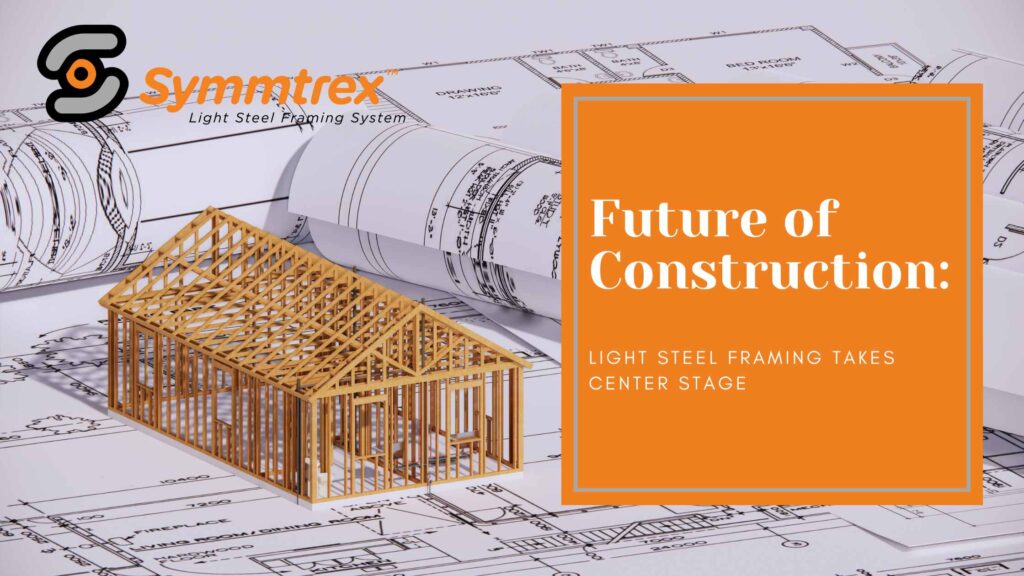The construction industry is on the cusp of a transformation, with innovative technologies and methodologies shaping the future of how we build. Among these innovations, light steel framing emerges as a pivotal player, offering a glimpse into the future of construction. This blog post delves into why light steel framing is poised to take center stage in the construction world, heralding a new era of efficiency, sustainability, and design flexibility.

The Rise of Light Steel Framing
A Sustainable Choice
In an age where sustainability is not just a buzzword but a necessity, light steel framing stands out for its eco-friendly credentials. Made from recycled materials and itself fully recyclable, light steel framing minimizes waste during construction and demolition. This aligns perfectly with the global push towards greener building practices, making it a cornerstone in the future of construction.
Technological Integration
The integration of advanced technologies in light steel framing processes is revolutionizing construction. From computer-aided design (CAD) to manufacturing and assembly, technology ensures precision, reduces waste, and cuts down construction time significantly. As the industry leans more towards digital solutions, light steel framing’s compatibility with these technologies positions it as a front-runner in the evolution of construction practices.
Advantages Driving Adoption
Speed and Efficiency
One of the most compelling advantages of light steel framing is the speed of construction. Prefabrication allows for parts of a project to be manufactured off-site in controlled environments, reducing on-site work and significantly speeding up overall project timelines. This efficiency is a key factor in why light steel framing is becoming synonymous with the future of construction.
Cost-Effectiveness
While initial costs may be comparable to traditional construction methods, the long-term savings associated with light steel framing are undeniable. Reduced labor costs, minimal waste, and lower maintenance requirements contribute to significant cost savings over the lifespan of a building. In an industry where margins can be tight, these savings make light steel framing an attractive option for developers and investors alike.
Design Flexibility
Light steel framing offers unparalleled flexibility in design, allowing architects to push the boundaries of creativity and innovation. Its strength-to-weight ratio enables the construction of larger spans and spaces without the need for internal support walls, offering more versatility in architectural design. This flexibility is crucial as the future of construction moves towards more customized and adaptive buildings.
Overcoming Challenges
Skilled Labor Shortage
A potential hurdle in the widespread adoption of light steel framing is the current shortage of skilled labor familiar with this method. However, as the industry evolves, training programs and educational initiatives are emerging to equip workers with the necessary skills. This focus on education and skill development is essential for fully realizing the potential of light steel framing in the future of construction.
Regulatory Adaptation
Another challenge lies in ensuring building codes and regulations keep pace with the innovative aspects of light steel framing. As the method gains popularity, there is a growing need for regulatory bodies to adapt and provide clear guidelines that facilitate rather than hinder innovation. This adaptation is crucial for light steel framing to achieve its full potential in transforming construction practices.
Conclusion: Building the Future
The future of construction is undeniably leaning towards methods that are efficient, sustainable, and flexible. Light steel framing embodies these qualities, making it a key player in the next wave of construction innovation. As the industry continues to evolve, embracing light steel framing could lead to not just more efficient and sustainable buildings, but also a revolution in how we think about and approach construction. The stage is set for light steel framing to not only take center stage but to redefine the very foundation of construction for years to come.

